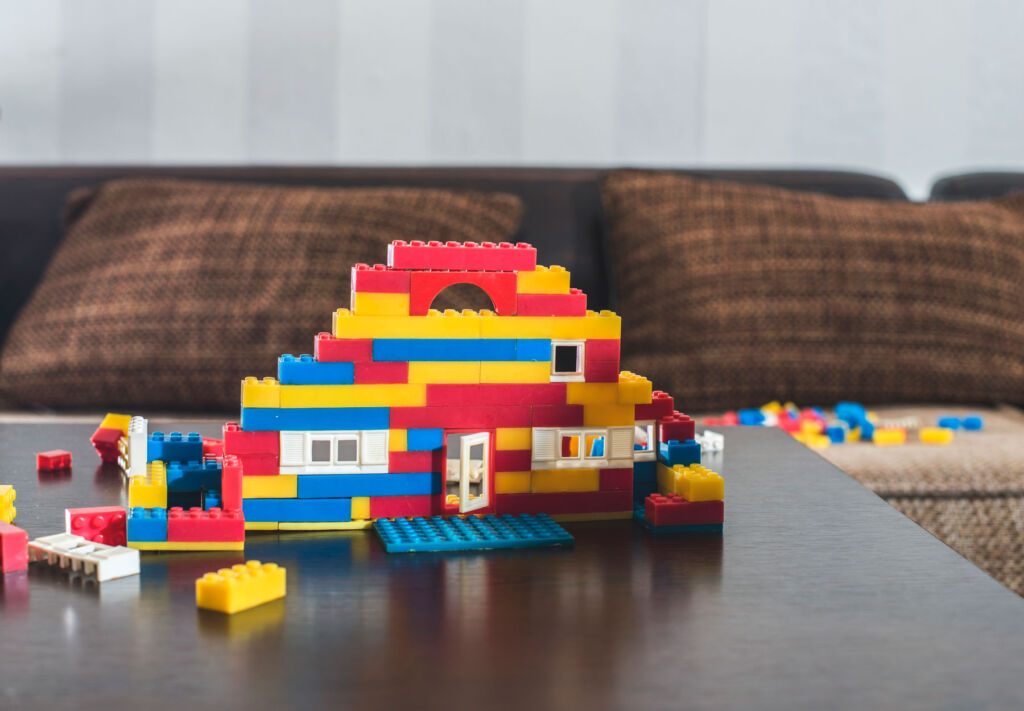
LEGO bricks have been a beloved toy for generations, captivating the imaginations of children and adults alike. Beyond the joy of constructing intricate models, LEGO building offers a range of health benefits that make it an excellent activity for people of all ages.
Below, Ant Robinson from Madbricks takes a closer look at how engaging with LEGO can positively impact your mental and physical well-being.
Enhances Cognitive Skills
Building LEGO sets requires planning, problem-solving, and creativity. These activities stimulate cognitive functions, enhancing skills such as:
- Spatial Awareness: Understanding how pieces fit together helps improve spatial awareness and geometric understanding.
- Problem-Solving: Finding the right pieces and figuring out how they connect promotes critical thinking and problem-solving abilities.
- Focus and Concentration: Assembling LEGO sets requires sustained attention, which can improve overall concentration levels.
Reduces Stress and Anxiety
Engaging in a hands-on, creative activity like building LEGO can be incredibly therapeutic.
The repetitive nature of assembling pieces can induce a state of mindfulness, helping to reduce stress and anxiety. This form of active meditation can lead to a sense of calm and relaxation, making LEGO an effective tool for managing mental health.
Improves Fine Motor Skills
Manipulating small LEGO bricks can significantly enhance fine motor skills. This is particularly beneficial for children, helping them develop better hand-eye coordination and dexterity.
For adults, especially seniors, building with LEGO can help maintain and improve fine motor function, which is crucial for daily activities.
Boosts Creativity and Imagination
LEGO sets provide a structured way to build specific models, but they also encourage free-form creativity. Whether following instructions or creating original designs, LEGO building stimulates imagination and innovative thinking. This creative play can lead to improved creative problem-solving skills in other areas of life.
Promotes Social Interaction
Building LEGO sets can be a social activity, fostering collaboration and communication.
Working together on a project encourages teamwork, patience, and shared goal-setting. This can be particularly beneficial for children, teaching them valuable social skills, and for families, providing a fun and cooperative bonding experience.
Aids in Therapy and Rehabilitation
LEGO is increasingly being used in therapeutic settings. Occupational therapists often incorporate LEGO building into therapy sessions to help patients recover motor skills after an injury or surgery.
Additionally, LEGO therapy has shown promise in helping children with autism develop social skills, communication, and fine motor abilities.
Encourages Lifelong Learning
The process of building with LEGO involves continuous learning and adaptation. As new sets and more complex designs become available, builders of all ages are encouraged to learn new techniques and strategies.
This lifelong learning aspect keeps the brain active and engaged, which can contribute to cognitive health as one ages.
Ant Robinson from Madbricks says, “LEGO building is far more than just a fun pastime. Its benefits span cognitive development, stress reduction, motor skill enhancement, creativity, social interaction, therapeutic applications, and lifelong learning. Whether you are a child discovering the joy of building for the first time or an adult revisiting a beloved hobby, LEGO offers valuable health benefits that contribute to overall well-being.”
![]()




You must be logged in to post a comment.